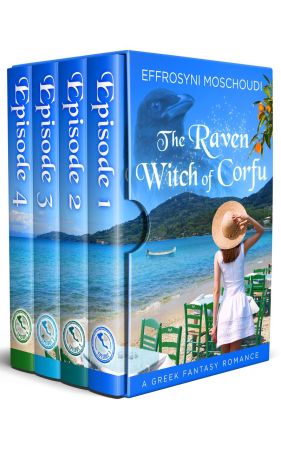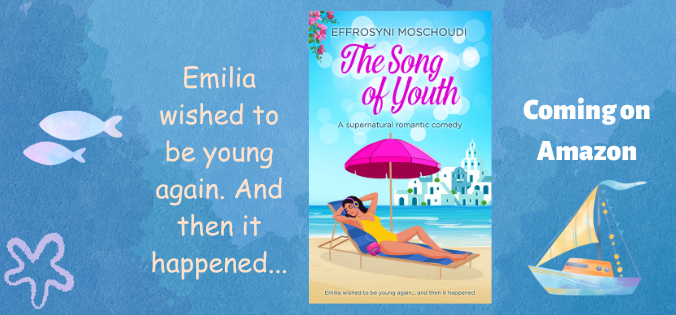I just love the Greek custom of bumping eggs together, seeing who will crack the eggs of everyone in the family. The secret apparently is to choose one that’s smaller and darker than your opponent’s. It has helped me beat many a family member over the years around the Easter table so this works – as crazy as it sounds!
Of course, it won’t help you beat the average prankster who will see it fit to compete with a duly-disguised egg made of wood or even worse, marble! But hopefully, your family group includes no tricksters of the sort!
Part of the Greek custom is, after all the “Christos Anesti” and “Alithos Anesti” cheers, to actually get to eating the egg. And here’s where my health-consciousness usually finds it hard to carry the custom through the last step. I seldom eat Easter eggs unless I have dyed them myself, simply because so many housewives these days take the shortcut of buying commercial dye in sachets. But these, are full of nasty chemicals. Call me fussy, but I don’t like the idea of my egg white coloured red or green with goodness knows what when I eat it.
For the past few years, I have reverted to dying my Easter eggs the way our grannies used to. I can appreciate that bought dyes save you time and granted, natural dye takes much more time to stick to the egg. You won’t be done in 10 minutes. But isn’t it worth it to take a bit longer for the sake of using organic ingredients instead? Like all things prepared with love in the kitchen, the outcome will be wholesome for you and your loved ones and so, the extra time spent will be definitely worth it!
Besides, I don’t know about you but I find the uneven effect on the finished articles very rustic. The little touches like tiny brushstrokes here and there on the shells are what make these Easter eggs look so genuine. Actually, the yellow ones especially remind me of the floor tiling in my living room and kitchen. They have the same colour shade and unevenness about them. Makes sense because the tiles were made by hand and not coughed up by a machine by the thousands. Each one is unique. So when you go for a ‘rustic’ look, no matter what it is,what you get is genuine. I think that’s what I love the most about the look of my Easter eggs compared to the perfectly dark red ones I used to make in 10 minutes.
If I have convinced you to try this at least once, then the preparation instructions that follow will give you the opportunity to bring out your artistic side too. By the end of the post, you won’t just know how to paint the eggs naturally in reddish and yellowish tones, but also in green and blue ones too as well as in other colors that come from combinations of the previous four. So put on your arty kichen hat and let’s go easter egg bumping with a bit of flair this Easter!
EASTER EGGS WITH ORGANIC DYES
Note: The recipe prepares 12 red eggs and about 6-10 yellow eggs. If you need more, adjust the ingredient amounts accordingly.
For the yellow eggs:
Place 6-10 eggs in a saucepan and cover with water from the tap until it covers them completely. Turn on the heat and when they start boiling, turn off the heat, cover the saucepan and leave the eggs in the water for 18 minutes. This will give you hard-boiled eggs without using much electricity to boil them.
Take out the eggs with a ladle and place them in a dish. Add 1 tablespoon of TURMERIC and 1/4 cup of WHITE WINE VINEGAR in the water. Bring to the boil and then shimmer covered for 10 minutes. Turn off the heat.
Put the eggs in the water and leave them in there for two hours at least. The longer you leave them in, the darker the shade will be. At the end, pat the eggs gently with kitchen paper, and use a cotton pad and a dash of olive oil to polish the eggs.
For the red eggs:
Place 12 eggs in a saucepan and cover with water from the tap until it covers them completely. Turn on the heat and when they start boiling, turn off the heat, cover the saucepan and leave the eggs in there for 18 minutes. This will give you hard-boiled eggs without using much electricity to boil them.
Take out the eggs with a ladle and place them in a dish. Put in the water the OUTER REDDISH LEAVES OF FIVE RED ONIONS. Make sure not to use any edible onion leaves but only the inedible thin golden-red leaves on the outside. Add to the water 1/4 cup of WHITE WINE VINEGAR. Bring to the boil and then shimmer covered for 40 minutes. Turn off heat. Take out the onion leaves. Place the eggs back in the pan. Leave for 2 hours. Then, use a spoon to take out an egg and check its colour. You can take out all the eggs then, or take a few out and leave the rest in for another hour or so. This way you will have two different shades. I have left eggs in the water for up to 3.5 hours in the past.
To get darker shades more quickly, use the outer leaves of more than five onions. When all the eggs are out of the water, pat them gently with kitchen paper to dry them. Put a dash of olive oil on a cotton pad and lightly rub on the eggs to give them a shine.
It makes sense to use two different pans and dye all the eggs at the same time. If you want to mix equal amounts from the yellow and red water onto a third pan, then you can make orange eggs…. in the same fashion, you can have more colors by using other ingredients. For example:
More organic colours!
Green eggs: Use spinach, nettle or parsley
Light blue or grey eggs: Use half a purple cabbage (shredded)
Red eggs: Use beetroot
Yellow eggs: chamomile, curry
Some colour combinations:
Red + Yellow makes Orange
Blue + Red makes Purple
Blue + Yellow makes Green
Good luck and have fun!
Happy Easter / Kalo Pascha!

Speaking of Easter… did you know Easter time in Corfu town is simply magical? It is something everyone must experience at least once! Find out all about it here: https://effrosinimoss.wordpress.com/2014/04/14/easter-celebrations-in-corfu-greece-a-unique-experience/
 A paranormal romance set in Corfu that will bring back that familiar feeling of summer bliss from the first page. Perfect for the beach. The final twist will blow your mind! Check it out HERE!
A paranormal romance set in Corfu that will bring back that familiar feeling of summer bliss from the first page. Perfect for the beach. The final twist will blow your mind! Check it out HERE!



Awesome organic techniques! I’m not an egg dyer yet. I’m sure once my daughter gets older, I’ll revisit traditions that I’ve let go for my own personal reasons, but I’ll try your beetroot suggestion this year. I too hate the red-blotched egg white of the dyed egg, that’s why I only eat the yolk. I also enjoy my Dad’s art. He uses cut up panty hose which he ties around the egg after plastering a small leaf or flower against the egg’s surgace, creating a stencil of sorts. The result is very pretty! Happy Easter, Effrosyni!
LikeLike
Thank you for your comments Maria! My mum also does the leaf/panty hose thing too every year. You are so right, they look gorgeous. Kali Anastasi glykeia mou 🙂
LikeLike
They’re so beautiful, Fros. I must have a go. xxx
LikeLike
Thank you Jenny. Do try it, they are incredibly easy to do. Good luck and have a great Easter honey 🙂
LikeLike
My aunt dyes them using onions, and I’ve always wondered about her technique. Thanks for the tip! This year, we dyed them using small strands of multi-coloured string. You run the eggs under some water (so that the strings stick to their surface) and roll them on the strings. Then, you wrap the bunch with some tin foil. Boil, remove foil and strings, and you have a lovely marble effect!
LikeLike
Wow – they sound amazing! I’d love to see a photo if you have one!! Maybe next year you should do the ‘How to dye Easter eggs’ post!!! Everyone will love it 🙂
LikeLike
Ha ha, I think you did a pretty great job covering that. Let’s go for the roast lamb next time! :b
LikeLike
Much more beautiful than the bright red ones already done in the supermarkets, I must try this one year…
LikeLike
Thank you for your visit, Amanda! I bet you’ll love them if you do them this way 🙂
LikeLike
Pingback: Greek Easter on Rhodes an expat perspective | Olive, Feta & Ouzo·